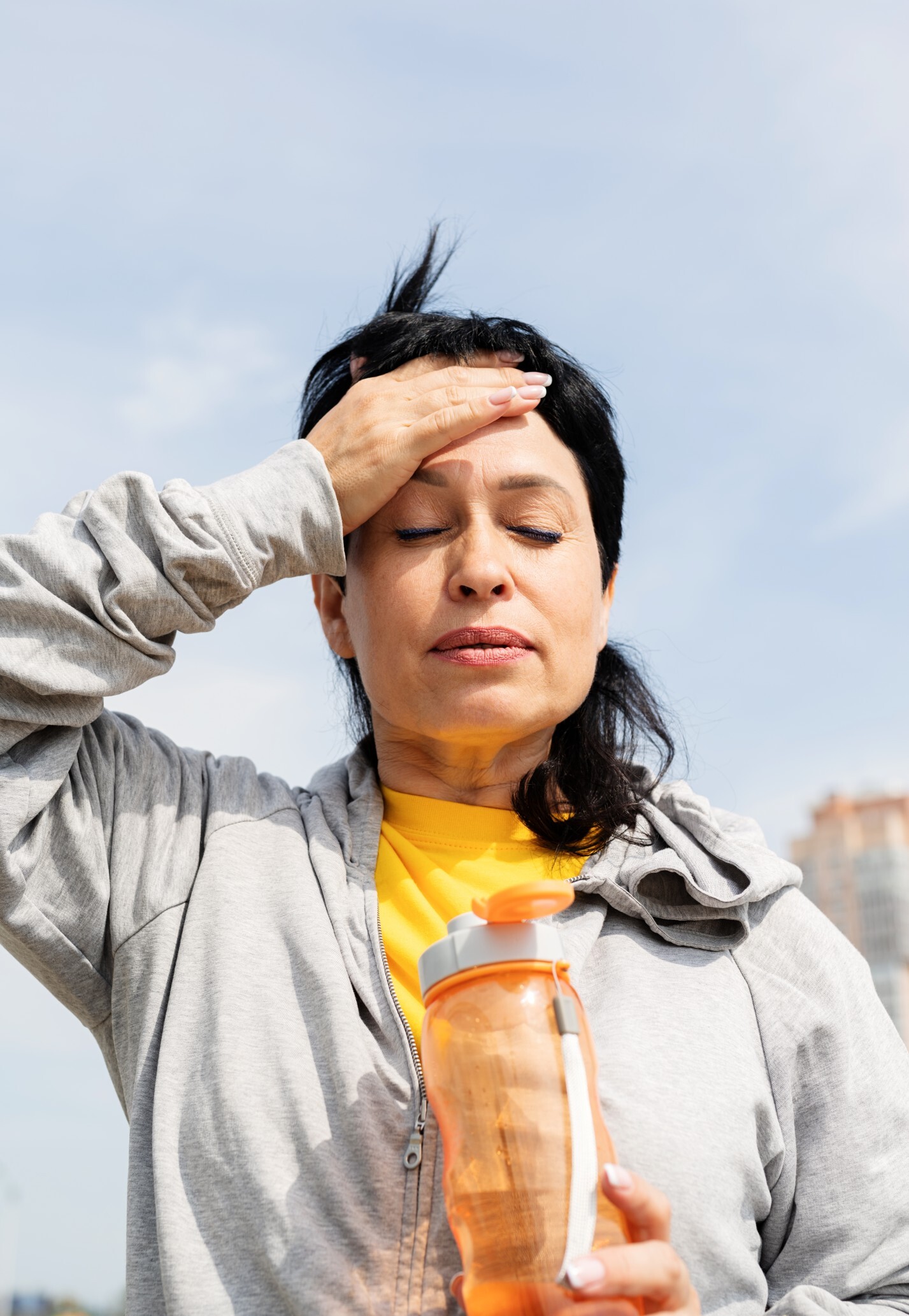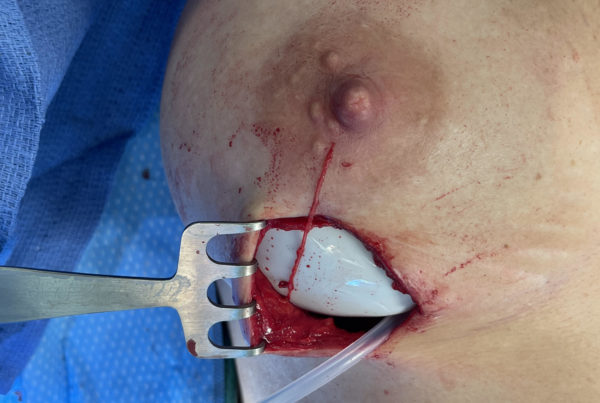Anyone who knows me, knows that exercise has always been an important part of my life. From my days as a competitive swimmer to my time doing Ironman, sport has always been a source of happiness, pride, and peace. I always knew that there were physiologic benefits to exercise, for example cardiovascular fitness and muscle strength. However, it is only after I started treating patients with chronic pain such as headaches that I began to wonder about a relationship between exercise and pain. If you have read my other blog posts, you know that in some cases, exercise can increase pain such as in people with neuralgia caused by irritating, adjacent blood vessels. However, when those blood vessels are treated surgically, does exercise have any benefits? Many people have heard about the “runner’s high”, which is a term often used to explain how long-distance runners seem able to tolerate extreme muscular and respiratory difficulty to finish their races quickly. Well, now the beginnings of research into the relationship between pain and exercise is starting to take shape.
I must stress that our understanding of the mechanisms by which exercise modulates pain is in its infancy, but there are several interesting things we are beginning to realize more clearly. For example, studies have now shown promotion of neural regeneration in certain sensory nerve cells within a specific part of the spinal cord known to have a role in pain in as little as 3-7 days of exercise. Exercise has also been shown to decrease the pain thresholds of nerves in the skin in mice. Both of these findings seem to be a result of the release of certain chemicals that promote nerve regeneration. In addition, most of the studies examining the relationship between pain and exercise have been done in patients with diabetic neuropathy, an often painful condition and studies in those patients have shown a benefit in pain scores following initiation of exercise. These findings may be explained by the fact that exercise increases natural opioid content in parts of the brainstem central to pain modulation, thereby providing actual evidence of a literal “high” that can reduce the impact of noxious stimuli. Furthermore, exercise has been shown to induce the release of natural anti-inflammatory chemicals that can mitigate the pain caused by pro-inflammatory substances in the body.
The take-home message is that we are realizing exercise has many benefits beyond the obvious ones we all know. It is not a panacea, however, and I am not suggesting that severe or chronic pain can be cured by running a few miles, swimming a few laps, or lifting some weights. However, if you have some form of chronic pain such as migraines, talk to your treating physician about whether or not starting or re-starting an exercise regimen makes sense and if so, how to go about it. While it may seem daunting and humbling at first, there are a lot of wonderful things to be gained including if nothing else, a sense of gratitude that your body can do amazing things.
Even the longest journeys start with a single step – Lao Tzu





